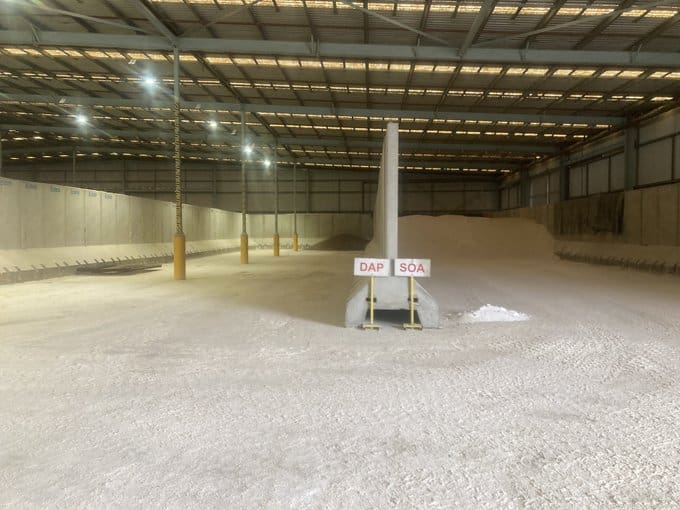
Late arrival of imported fertiliser for this year’s winter crop is keeping a lid on grower deliveries of wheat and barley to port. Photo: James Stacey, Strathalbyn
GROWER selling of wheat and barley has slowed to a crawl as the southern market plumbs new lows for the current crop year, and the northern market’s attention turns to sorghum.
Imported fertiliser is expected to arrive in volume in March, and trade sources say southern growers are opting to deliver faba beans, lentils and lupins to port ahead of the backload because their prices are more attractive than what they are seeing for cereals.
Consumer demand remains subdued, with the feedlot sector still well covered following lower-than-anticipated numbers of cattle going into pens over summer.
| Today | Feb 15 | |
| Barley Downs | $375 | $375 |
| ASW wheat Downs | $370 | $370 |
| Sorghum Downs | $350 | $350 |
| Barley Melbourne | $320 | $337 |
| ASW wheat Melbourne | $340 | $355 |
Table 1: Indicative prices in Australian dollars per tonne.
Sorghum in northern spotlight
Growers are selling small amounts of barley into the domestic market and H2-type wheat into the container market as attention switches to the upcoming sorghum harvest.
While small amounts of sorghum from early planted crops have already hit the bins, they have sold mostly into the poultry and pig market.
This appears to have put a floor in sorghum values.
Once volume starts to flow from paddocks in northern New South Wales and southern Queensland, bulk exports are expected, with China the likely customer.
However, shipping stems indicate no forward bulk business has been written.
Barley deliveries to feedlots are continuing, but mostly on earlier sales.
“Northern growers still have barley, but the drawing arc for it is reaching into the Port Kembla zone,” a trader said..
“On export, barley is dead in the water.”
“If eastern Australia gets another good crop…and nothing changes globally, values are going to have to drop $20-$30/t to compete.”
Domestic demand for ASW-type wheat is subdued as sorghum pushes its way up in rations.
South selling pulses
Competition from WA and SA ports has made barley loaded on the east coast an expensive proposition, a situation which may change once SA and WA volume slows from its current breakneck pace.
Growers are therefore seeing barley prices below where they are prepared to sell, and are instead selling spot loads of faba beans, lentils and lupins to create a backload opportunity for fertiliser needed to plant the upcoming crop.
At Wagga, Key Agri broker Matt Noonan said canola also bid at levels about $20/t under its February peak.
“Some people are picking the eyes out of the wheat and barley market, and it’s more delivered than track business,” Mr Noonan said.
“There’s been some selling going on to get fertiliser back to the farm.”
Mr Noonan said pulses were currently the preferred sell if some pre-sowing cashflow and/or a trip to collect fertiliser was needed.
“Fabas are lupins are historically better than ASW and barley now.”
“Most growers have got some cash flow coming through, and once sowing comes around, it’ll really get quiet.
“The trade should be able cover that consumer demand.”
Planting of early grazing or dual-purpose crops has started in the longer-season areas of Vic and NSW following patchy rain in the past week or two, and will continue on further falls in coming weeks ahead of the main canola planting window opening in April.
Waiting for fertiliser
Once fertiliser cargoes start arriving at south-eastern Australian berths, grower sales of wheat and barley may pick up.
While some SA growers target collection of fertiliser in February, indications are that three cargoes will arrive in March.
This means growers from SA, as well as the Victorian Mallee, will be heading to Port Adelaide with loads from their latest harvest to backload with fertiliser.
The surprising strength of bulk pulse markets looks like being the biggest impediment to volume sales of wheat and barley to port for near-term delivery, but this could change with some short covering or some global news that lifts values.
Get our free news straight to your inbox – Click here
